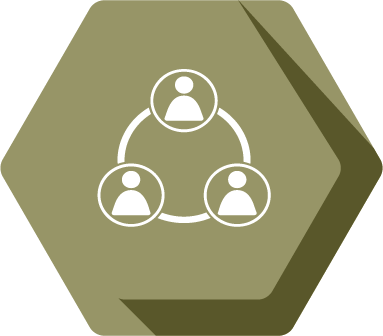Hasan Zai

Pronouns: he/him
Research Mentor(s): Zachary Reese, Ph.D. Student
Research Mentor School/College/Department: Social Psychology, College of Literature, Science, and the Arts
Presentation Date: Thursday, April 22, 2021
Session: Session 3 (1pm-1:50pm)
Breakout Room: Room 3
Presenter: 4
Abstract
Managers often galvanize employees with brief competitions (Grote, 2005; Hazels & Sasse, 2008; Johnson & Dickinson, 2010). For instance, the sales manager at a car dealership – seeking to start the year strong – may offer a bonus to the top salesperson in January. Yet, competition stems not only from organizational structures, but also from the personalities of employees (Mischel & Shoda, 1995). Structural and dispositional sources of competition have both been shown to individually improve productivity (Garcia et al., 2013), but do they have an additive or interactive effect? That is, do highly competitive employees behave any differently when a competitive incentive is introduced? Research on person-organization fit suggests that people thrive best in organizations that are compatible with their personalities; thus, competitive people will excel in competitive environments (Fletcher et al., 2008). Yet, research on the strong situation hypothesis (Cooper & Withey, 2009; Mischel, 1977) tells a different story: personality is only relevant in situations where the “correct” course of action is ambiguous; so competitive people will receive no added benefit from structural competition. Perhaps more troubling, research on the overjustification effect (Deci & Ryan, 1989) suggests that introducing and subsequently removing an extrinsic incentive will undermine intrinsic motivation – harming the long-term performance of competitive employees. Thus, it remains unclear how introducing a competitive incentive will impact the short- and long-term productivity of employees from various dispositional and professional backgrounds. We will address this gap in the literature with two studies – one exploratory and one confirmatory – wherein participants reflect on their experiences in their own workplace. We will also collect information on participants’ professional backgrounds and trait competitiveness. Study 1 is exploratory: It will focus on correlation analyses between trait competitiveness, competitive climate, pursuit of promotions, and willingness to collaborate with colleagues. Study 2, on the other hand, is confirmatory. We will conduct T-tests and linear regression analyses to determine whether people self-perceived as more competitive when placed in competitive situations. This research will shed light on best practices for motivating employees and potentially reveal a common yet misguided practice in management.
Authors: Leilani Fonseca, Hasan Zai, Zachary Reese
Research Method: Community Based Research






